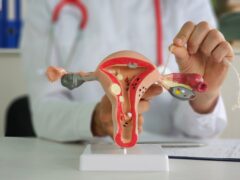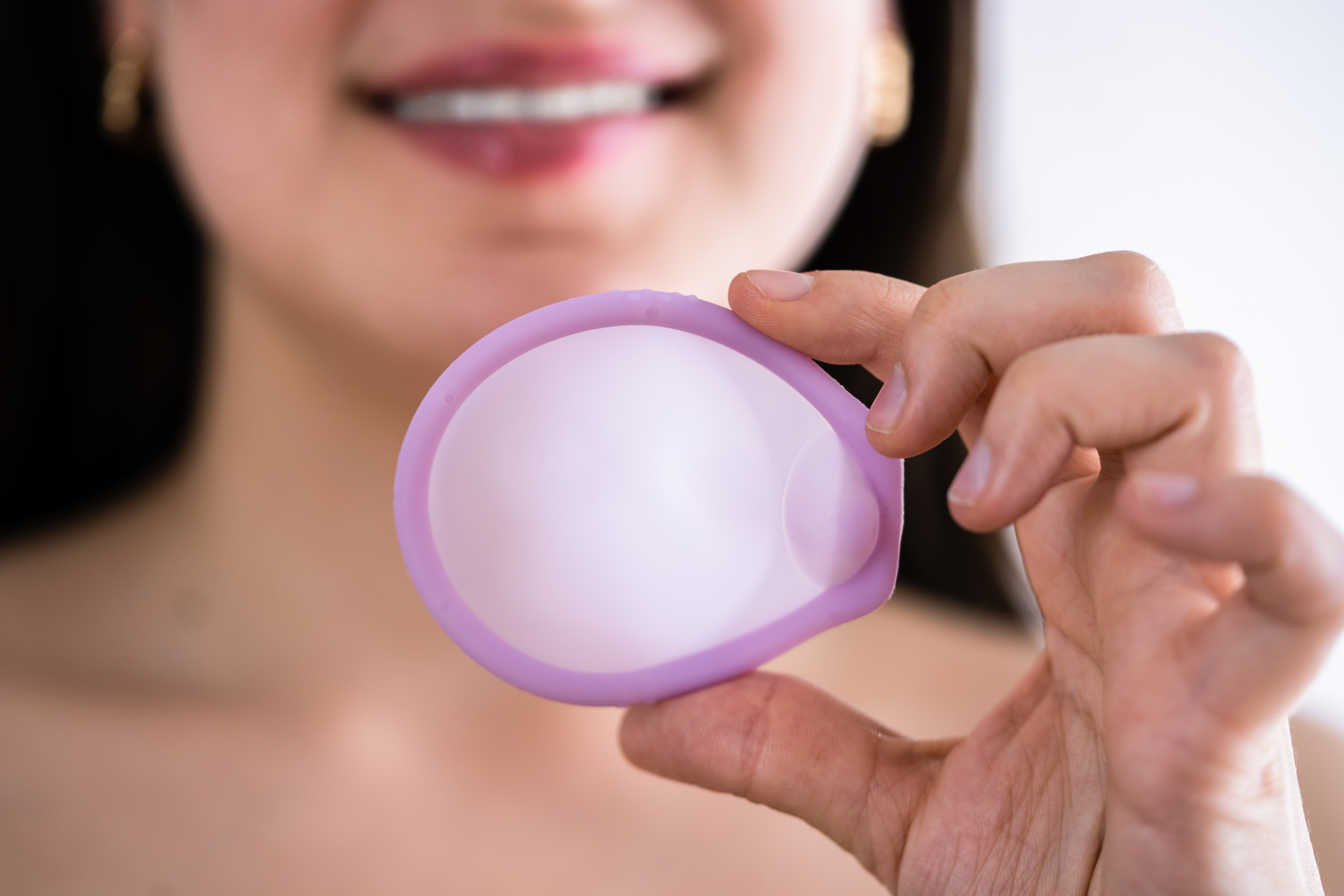Natural family planning (NFP) is a form of pregnancy planning. It does not involve medicine or devices. NFP helps people observe their body’s fertility signs to know when to have sexual intercourse. It can be used if you are trying to achieve or avoid pregnancy. It involves keeping track of a person’s bodily changes throughout the menstrual cycle. People may choose NFP for religious or personal reasons, or because they are concerned about the side effects of artificial means to achieve or avoid a pregnancy.
Path to improved health
Pregnancy can occur if sexual intercourse takes place right before or after ovulation. Ovulation is when the ovaries release an egg. It usually happens at around the same time each month. The egg moves toward the uterus through the fallopian tubes. This is where conception takes place. An unfertilized egg may live for up to 12 hours. The body will shed the egg during the menstrual period if it isn’t fertilized.
There are several methods of natural family planning.
The mucus or ovulation method. A woman checks and tracks her cervical mucus. During ovulation, your cervical mucus is stretchy, clear, and slick. It looks and feels like an uncooked egg white. You will write down your mucus’ consistency each day.
The sympto-thermal method. A woman takes her daily basal body temperature (BBT) using a BBT-specific thermometer. You can take it in your mouth, vagina, or rectum. A regular BBT is between 97° and 98°F. At the time of ovulation, your BBT will rise between .5 and 1 degree. You should take your BBT in the morning before you get out of bed. Ideally, it should be the same time of day. You should use the thermometer the same way each day to get accurate results.
The sympto-hormonal method. This planning method relies on at-home urine tests to monitor hormone levels that can predict fertility. An electronic fertility monitor measures the hormone level in urine. When combined with cervical mucus observations, this method can indicate fertility at 94 to 98%.
The rhythm method. It is based on the calendar dates of a person’s previous menstrual cycles. This method can be more difficult and is not as reliable. It doesn’t allow for changes in the menstrual cycle, which are common. A normal menstrual cycle is between 28 to 32 days. The day a person starts their period is considered to be cycle day 1. Ovulation often occurs around day 14 of the menstrual cycle.
The standard days method. This is similar to the rhythm method but designates a covers a longer period of fertility. The standard days method assumes fertility on days 8 through 19 of every menstrual cycle. This means that to prevent pregnancy, you would not have sexual intercourse on these days.
The lactational amenorrhea method. This method is for people who are still breastfeeding an infant who is younger than 6 months of age. It can sometimes be used for longer than 6 months but it less reliable. For this method to work, the parent must not have had a period since giving birth and is not supplementing her baby’s feeding (feeding them only by breast/with breastmilk).
Sometimes, people combine the approaches. In all of the methods, it is recommended that you use a calendar or chart to track the data and changes. This predicts when you ovulate, so you can have or avoid sex. You may notice other symptoms you can track. These include bloating, backache, tender breasts, or pain in your ovaries. It generally takes 3 to 6 cycles of charting to get an accurate idea of your ovulation pattern.
Things to consider
You may choose to find someone who teaches NFP methods. You can ask your doctor for a recommendation. When you follow NFP methods to prevent pregnancy, the success rate is about 90%. When you follow NFP methods to conceive, on average, 2 out of 3 couples who don’t have fertility problems become pregnant. If you do not follow instructions completely, NFP will be less effective.
There are benefits and risks of NFP. It is free, or less expensive compared to the use of birth control or condoms, which can be expensive. NFP doesn’t have side effects. It meets certain religious guidelines. You can stop NFP at any time and it won’t affect your menstrual cycle. On the other hand, NFP requires you keep a constant schedule. If you veer from it or aren’t careful, you may not be successful. You may need to use back-up contraceptives. NFP can be hard if you have abnormal menstrual cycles or are breastfeeding. It is also worth noting that other methods of birth control (pills, condoms, an intrauterine device), when used as directed, tend to offer more protection against pregnancy than NFP.
Questions to ask your doctor
- Are there any health conditions that may prevent me from using natural family planning?
- What should my cervical mucus look and feel like when I’m not ovulating compared to when I am?
- How long should it take for me to rely on NFP?
- Do you recommend working with an NFP teacher?
ADVERTISEMENT
ADVERTISEMENT




